
This study highlights a potential concern for the quantitation of acid phytocannabinoids.

This study highlights a potential concern for the quantitation of acid phytocannabinoids.

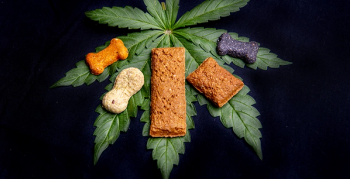
In this study, six different brands of CBD oil pet supplements were obtained and untargeted analyses using gas phase-time of flight mass spectrometry were performed.
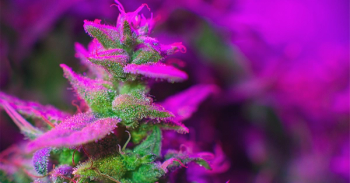
A study using LC-qTOF, GCqTOF, and GC–MS/MS to evaluate the selectivity of a model pesticide commonly found in regulatory target lists.

An in depth look at the process behind terpene analysis in medical marijuana

Lake Superior State University (LSSU) announced a strategic partnership with Agilent Technologies to facilitate education and research in cannabis chemistry and analysis through the LSSU Cannabis Center of Excellence (CoE).
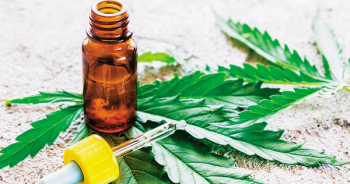
Here the LC–UV separation of 16 cannabinoids of interest was performed while the potential impact from minor cannabinoids and terpenes on reported potency values was monitored.

Dr. Les Brown, Managing Director of AECS-QuikPrep Ltd., recently spoke to us about the benefits of countercurrent chromatography (CCC) compared to other methods as well as the work his company has been doing to advance the technique for their clients in the cannabis industry.
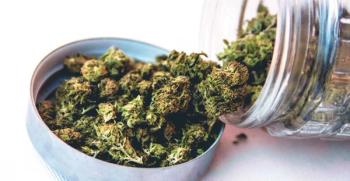
How two different LC–MS/MS methods with ESI and APCI were used for low-level analysis of 72 pesticides



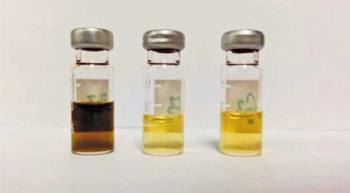
The method described here allows for the simultaneous analysis of 47 pesticides and five mycotoxins in cannabis in one simple QuEChERS procedure. This simple method is designed for implementation in start-up laboratories and in established laboratories that wish to streamline their sample preparation process, decrease solvent usage, and obtain accurate and fast results.
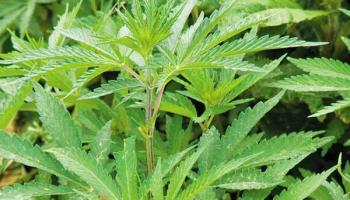
A primary impediment to cannabinoid research is the fact that materials possessing psychoactive Δ9-tetrahydrocannabinol (THC) are considered Schedule I drugs as defined in the U.S. Controlled Substances Act. An alternative source of cannabinoids may be found in hemp oil extracts. Hemp contains a low percentage of THC by weight but relatively high amounts of nonpsychoactive cannabinoids. The liquid chromatography–time-of-flight mass spectrometry (LC–TOF-MS) method presented herein allows for the accurate, precise, and robust speciation, profiling, and quantification of cannabinoids in hemp oil extracts and commercial cannabinoid products for research and development laboratories. The method was determined to chromatographically separate 11 cannabinoids including differentiation of Δ8-tetrahdrocannabinol and THC with excellent linear dynamic range, specificity, and sensitivity.
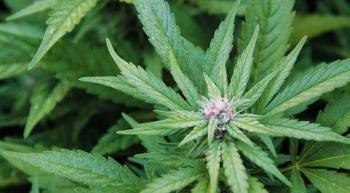
Well-established techniques used by the food safety industry, such as QuEChERS sample preparation followed by LC–MS/MS for the analysis of multiresidue pesticides, are evaluated for use with cannabis plant material.
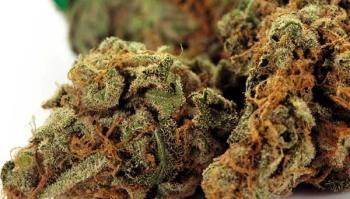
Headspace SPME combined with GC–MS for the qualitative and quantitative analysis of terpenes in cannabis offers several advantages compared to other methods. It does not require the use of organic solvents, does not coextract matrix, and provides additional means of peak identification and purity using spectral data. It is also a nondestructive method.

Compact mass spectrometry, in combination with suitable sample introduction techniques-such as the atmospheric solids analysis probe, thin-layer chromatography, and classical liquid chromatography techniques-can be used effectively for the detection and quantification of cannabinoids and pesticides in cannabis-related material and contraband.
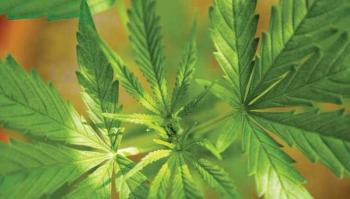
An investigation of C18 and phenyl-hexyl column chemistries for definitive identification of 13 synthetic cannabinoid metabolites in patient samples.

An interview with Jeff Dahl, an applications scientist at Shimadzu Scientific Instruments; Joe Konschnik, a business development manager for the food and beverage market at Restek Corporation; Andre Santos, the Americas market development manager at Agilent Technologies; Alicia D. Stell, the CEM product development lab manager; and Xiaoyan Wang, a research scientist at UCT

QuEChERS is introduced to the discipline of forensic testing as a viable method for the extraction of pesticides and cannabinoids in various complex sample matrices

Other techniques for monitoring cannabinoids, such as GC–MS and LC–MS, are limited to screening known species and are therefore always one step behind the designer drug market-where new, previously unknown variations of analogs of cannabinoids are constantly being synthesized. The method presented here addresses this problem by providing accurate masses for all detected species, thus allowing postanalysis identification of initially untargeted compounds.
